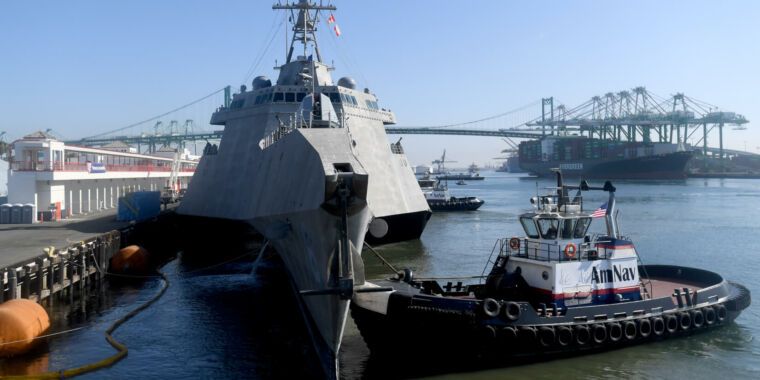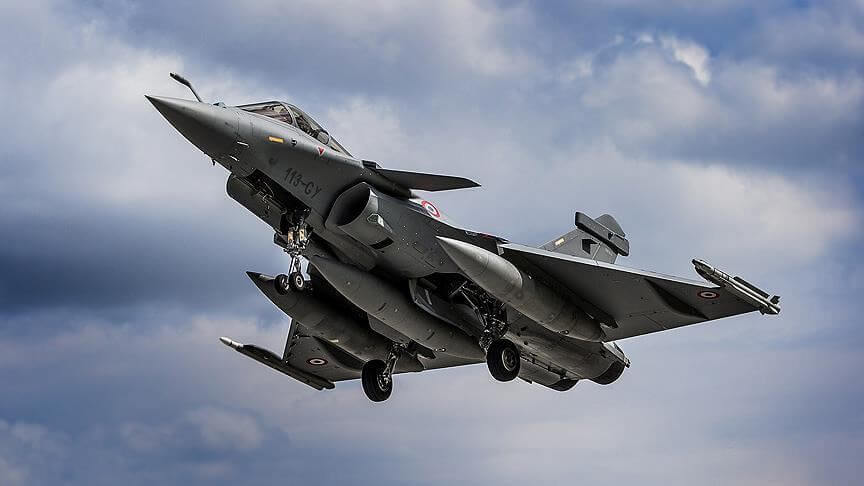JAPAN is now ready to scramble jets against any Chinese military aircraft taking off in from a crucial airbase as tensions reach crisis levels between the two.



HONG KONG (Reuters) — China launched its military build-up in the mid-1990s with a top priority: keep the United States at bay in any conflict by making the waters off the Chinese coast a death trap. Now, China’s People’s Liberation Army (PLA) is preparing to challenge American power further afield.
China’s shipyards have launched the PLA Navy’s first two Type 075 amphibious assault ships, which will form the spearhead of an expeditionary force to play a role similar to that of the U.S. Marine Corps. And like the Marines, the new force will be self-contained — able to deploy solo with all its supporting weapons to fight in distant conflicts or demonstrate Chinese military power.


The U.S. Navy welcomed a new amphibious assault ship into the fleet this week even as one of its sister ships lay burning. The ship, designed to deliver Marines by air into hostile territory, was commissioned in a low-key virtual ceremony to ensure social distancing. Tripoli will be based at San Diego Naval Base, California, where sister ship USS Bonhomme Richard is currently on fire.
The ship’s traditional commissioning ceremony, a public event that would have drawn thousands and originally set to take place at Pensacola, Florida, was canceled due to the ongoing COVID-19 pandemic. Instead the ship was commissioned by “administrative message” from the Navy to the fleet, while onboard the crew raised the commissioning flag to signify the event.

A new system can significantly lower the production costs costs of mass quantum key distribution (QKD) networks, which will make them available to a wider user audience. This will make it possible to use QDK in the regular fiber-optic cable infrastructure. The paper was published in Scientific Reports.
Many have heard about quantum key distribution (QKD), which is also sometimes referred to as quantum encryption. Today, this is one of the safest ways to encode information that can then be used by major banks, military and governmental organizations. In a QDK system, the information is transmitted by quantum radiation, which is extremely hard for eavesdroppers to intercept.
“As a rule, QKD uses a weak laser light with an average number of photons less than unity,” explains Eduard Samsonov, a research associate at ITMO’s Faculty of Photonics and Optical Information. “This light has fundamental special features, the so-called quantum effects that leave no chance for a third party to infiltrate the channel to read the information without being noticed.”


With China appearing to flex its muscles in almost all of its territorial disputes, a new underwater dimension may emerge. Chinese submarines could be on a collision course with the Japanese Navy. Known as the Japanese Maritime Self-Defense Force (JMSDF), they possess one of the most potent anti-submarine capabilities of any Navy. In particular Japanese submarine technology is highly regarded. But there seems to be acceptance that they will have to beef up to meet the emerging threat from China. A newly published white paper hints at ways the JMSDF is responding.
The threat of Chinese submarine incursions is seen as very real. Last month, to track a submerged submarine near its waters, the JMSDF scrambled one of its helicopter carriers, two destroyers and several maritime patrol aircraft. Although Japan has not declared the nationality of the submarine, it is widely believed to have been Chinese.
According to a press release (in Japanese) the submarine was detected on June 18 northeast of Amami Oshima, which is one of the islands running between Japan and Taiwan. These islands are known as the first island chain and form a natural barrier between China and the Pacific. The submarine was tracked for several days.

Is a process in nuclear physics in which the nucleus of an atom splits into two or more smaller nuclei as fission products, and usually some by-product particles. Hence, fission is a form of elemental transmutation. The by-products include free neutrons, photons usually in the form gamma rays, and other nuclear fragments such as beta particles and alpha particles. Fission of heavy elements is an exothermic reaction and can release substantial amounts of useful energy both as gamma rays and as kinetic energy of the fragments (heating the bulk material where fission takes place). Nuclear fission produces energy for nuclear power and to drive explosion of nuclear weapons.
